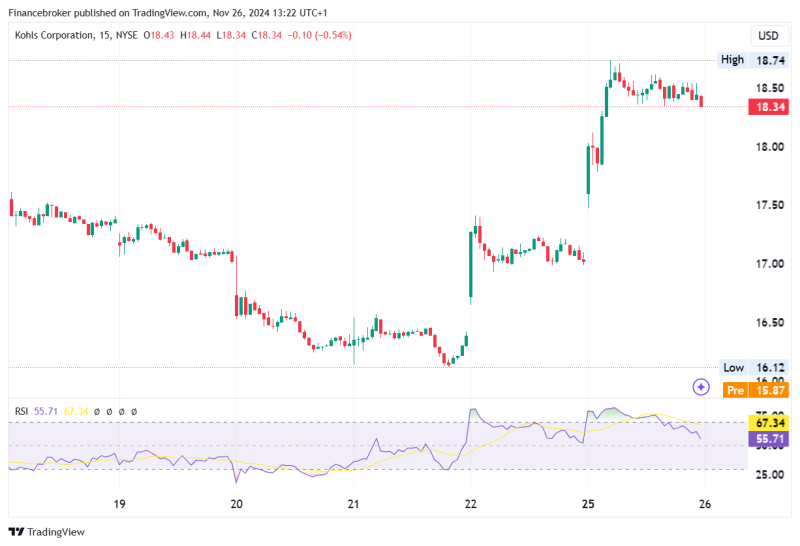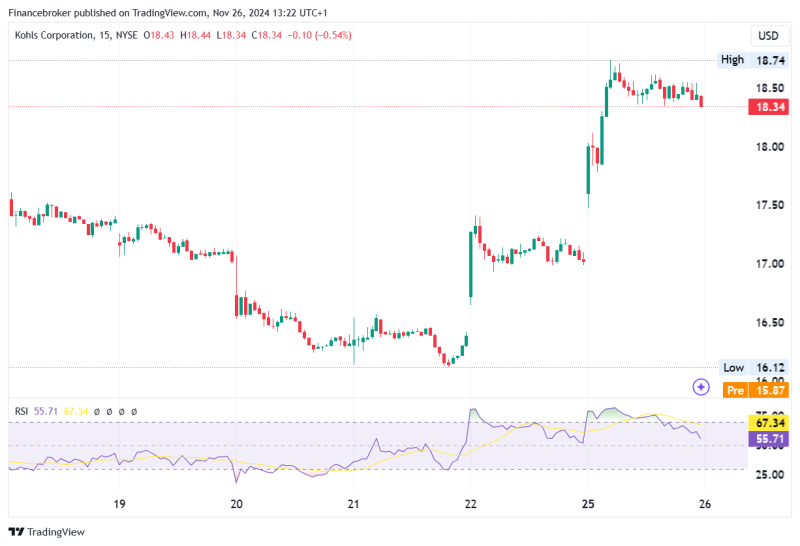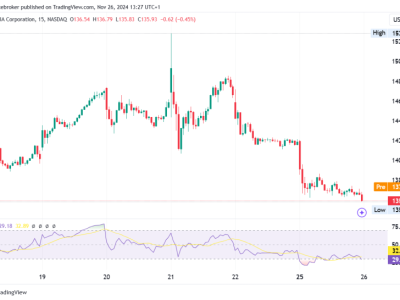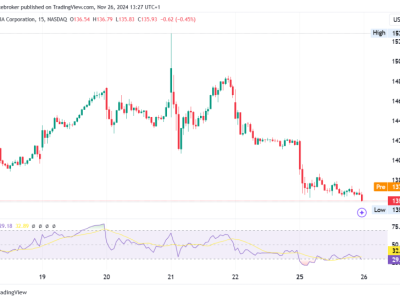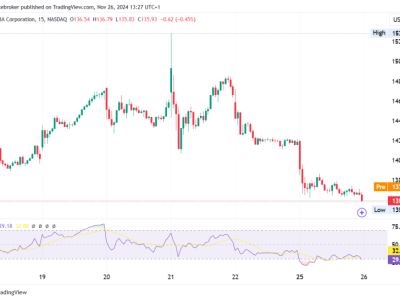
A Snapshot of European Markets and Global Trends
The stock market outlook remains a focal point for investors as European markets exhibit a mix of dynamics. In recent sessions, investors grappled with fresh inflation data following positive trade, resulting in varied performance across sectors. The pan-European Stoxx 600, a benchmark for the region, held a flat position by mid-morning, illustrating the intricate balance between optimism and caution. This article delves into the nuances of the current market scenario, exploring key factors influencing investor sentiment.
The Stocks: Sectoral Trends and Performance
As European markets navigate mixed terrain, understanding sectoral trends is crucial. Telecom stocks emerged as leaders, experiencing a 1% gain, while tech stocks faced a slight dip of 0.5%. This divergence in sectoral performance reflects the broader theme of selectivity in the current market environment. Investors are scrutinizing individual sectors for resilience and growth potential. The term “the stocks” encapsulates this focus on individual equities, underlining the importance of thorough analysis and strategic investment decisions.
Stock Market Flotation: Unraveling Recent Developments
The recent data on U.K. inflation has significant implications for the broader market landscape. In November, U.K. inflation slowed more sharply than anticipated, dropping to 3.9% from October’s 4.6%, as revealed by official data. This unexpected deceleration in inflation has added pressure on the Bank of England to consider rate cuts in 2024. Consequently, the FTSE 100 experienced a notable surge of 1.3%, reaching a three-month high. This surge, a result of market reactions to inflation data, underscores the immediate impact of economic indicators on stock market flotation.
Private Markets and Stock Market Bottom: Amidst Economic Realities
Beyond the public markets, attention is turning to the dynamics of private markets. The Bank of England’s decision to maintain its main interest rate at 5.25%, coupled with its assertion that monetary policy may need to remain restrictive, indicates a nuanced approach to economic management. This approach resonates not only in public markets but also has implications for private investors. Understanding the interconnectedness of public and private markets becomes essential for a comprehensive comprehension of the overarching economic scenario. Additionally, the term “stock market bottom” gains relevance as stakeholders assess the potential impact of policy decisions on the market’s lower bounds.
Deciphering Signals Amidst Volatility
The current mixed performance in European markets underscores the need for investors to navigate carefully through evolving economic landscapes. The unexpected slowdown in U.K. inflation has immediate ramifications, evident in the FTSE 100’s upward trajectory. However, the broader picture involves a delicate balance between public and private markets, as highlighted by the Bank of England’s stance on interest rates. As we navigate through uncertainties, the stock market outlook becomes a compass, guiding investors through the twists and turns of a dynamic financial landscape. The markets’ response to inflation data, sectoral nuances, and the intricate dance between public and private markets will continue to shape investment strategies in the coming months.
The post A Snapshot of European Markets and Global Trends appeared first on FinanceBrokerage.


